Autumn Equinox 2014: Interesting Facts About the Celestial Event

Today marks the annual autumn equinox, which falls on 23 September, when the sun is directly in line with Earth's celestial equator, or the equator projected on to the sky.
An equinox occurs twice a year when the length of the day and night are equal, and the autumn one signals the end of the summer.
Here are a few intriguing facts about the autumn equinox.
Oversimplified
Despite supposedly having 12 hours of day and 12 hours of night, the autumn equinox sunrise and sunset do not actually amount to an even split.
Joe Rao, a guest lecturer at New York's Hayden Planetarium, wrote in Space.com that this understanding is an "oversimplification" – because night is treated as the time when the sun is beneath the horizon, forgetting twilight.
Northern hemisphere bias
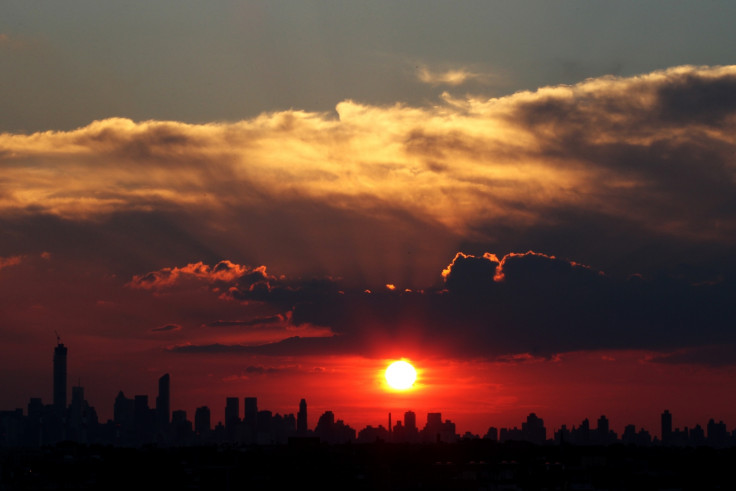
There is a movement that is calling for the event to be renamed the "September equinox" to avoid "northern hemisphere bias" – because it is only autumnal in the Northern Hemisphere. Similarly, the spring equinox is also called the Vernal equinox.
Sun rises/sets
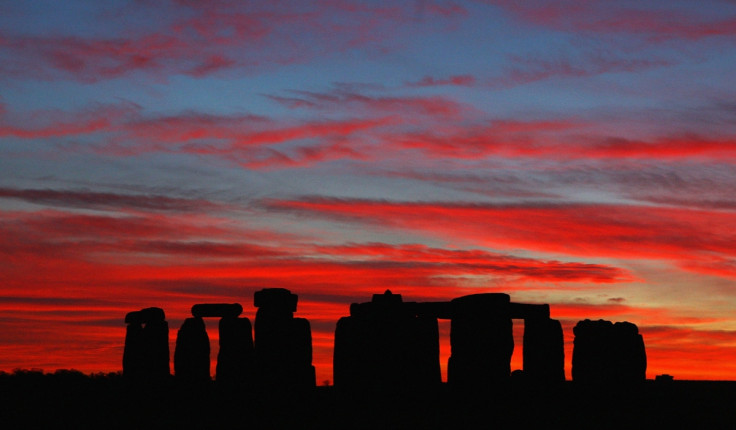
According to EarthSky.org, the sun rises in the due east and sets in the due west on the equinox. That is because on the equinox, the sun is above the celestial equator, the imaginary line above the true equator of the Earth.
Solstices
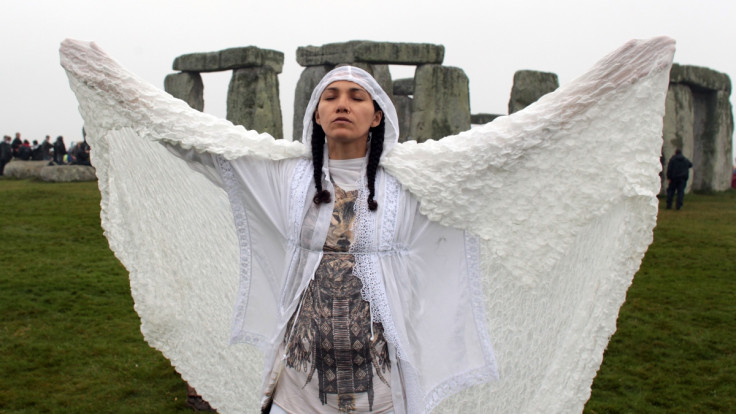
Equinoxes are sometimes confused with solstices, which are also seasonal sun points. Their name derives from the Latin for "sun stopped" – and they mark the longest and shortest days (daylight hours) of the year. The summer solstice occurs around June 21 and the winter solstice occurs around December 21.
Harvest
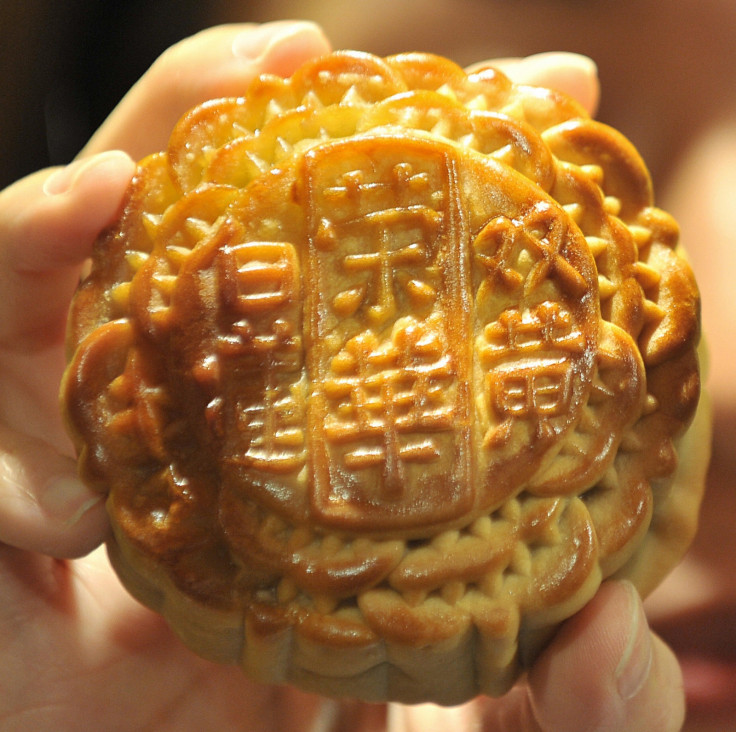
The autumnal equinox is associated with the idea of "harvest" - which is celebrated in events and festivals around the world from China's Mid-Autumn Festival to the Chumash tribe's equinox sun ceremony in southern California, called Hutash.
Saturn's autumn equinox
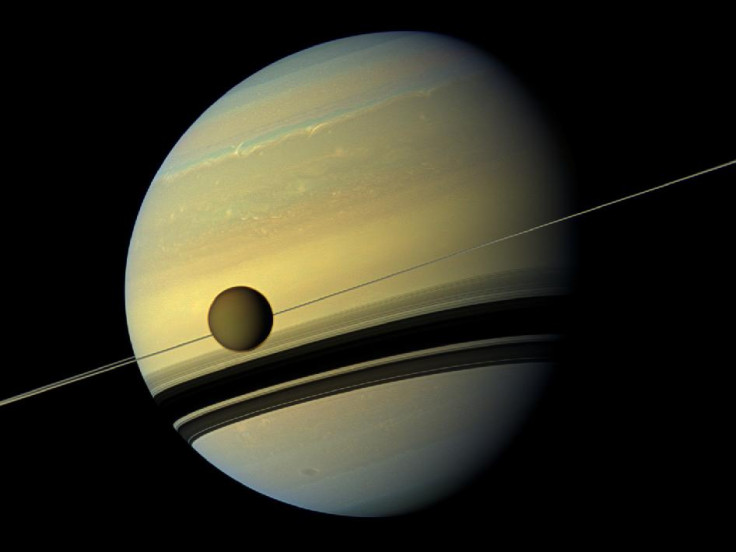
Other planets also have equinoxes. However, they are less frequent – the last equinox on Saturn was in 2009 and the next will take place in 2024.
© Copyright IBTimes 2025. All rights reserved.



















